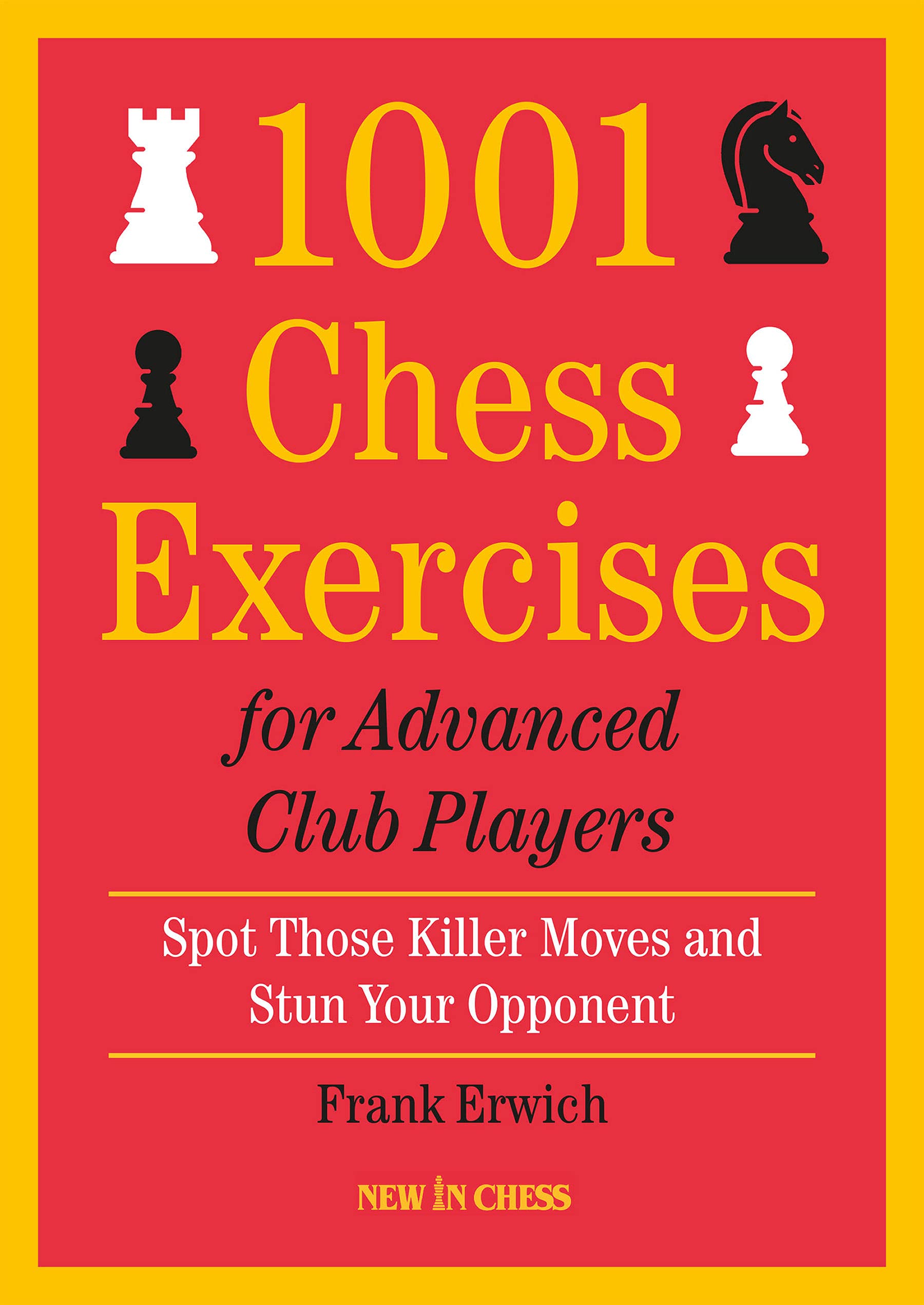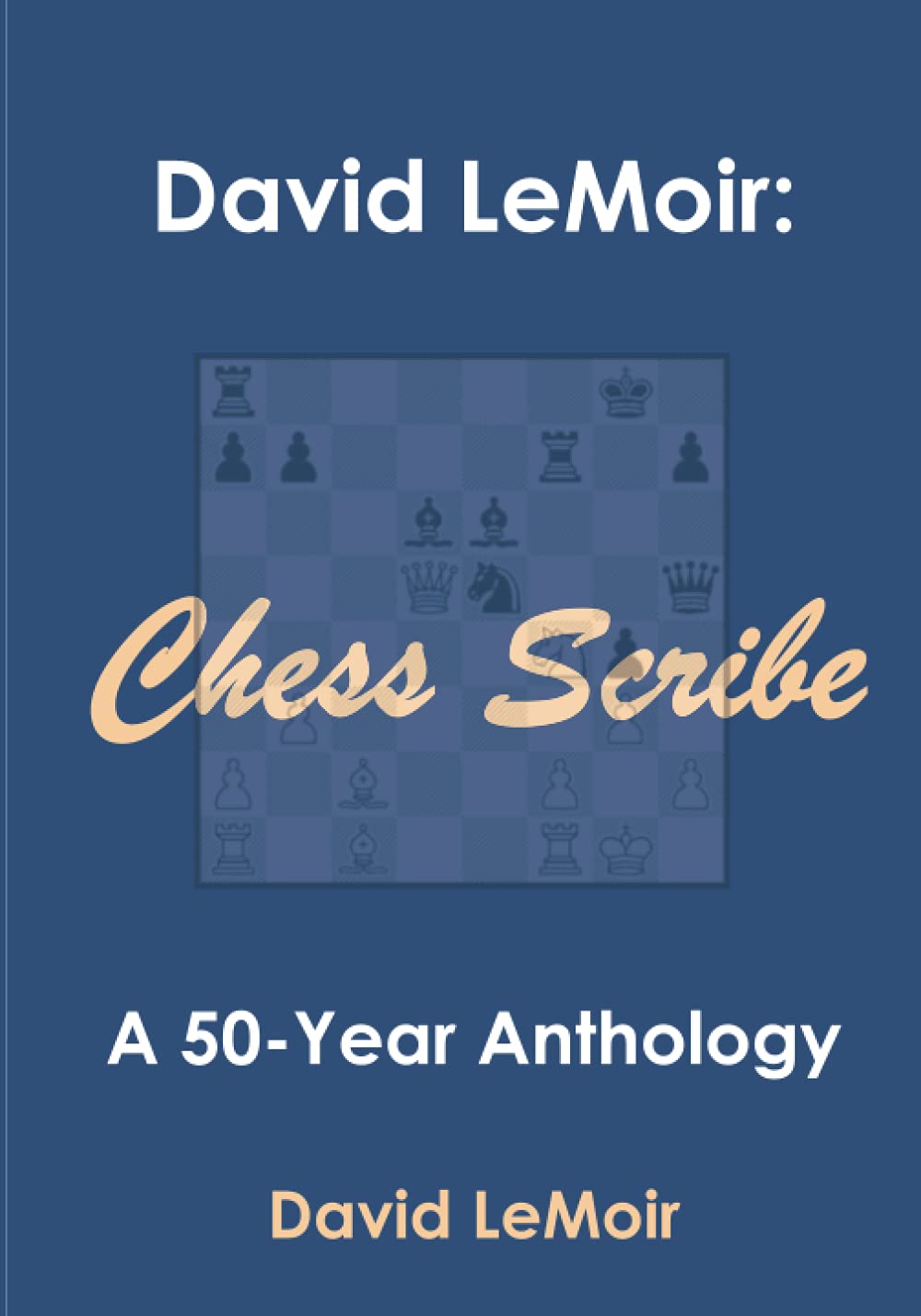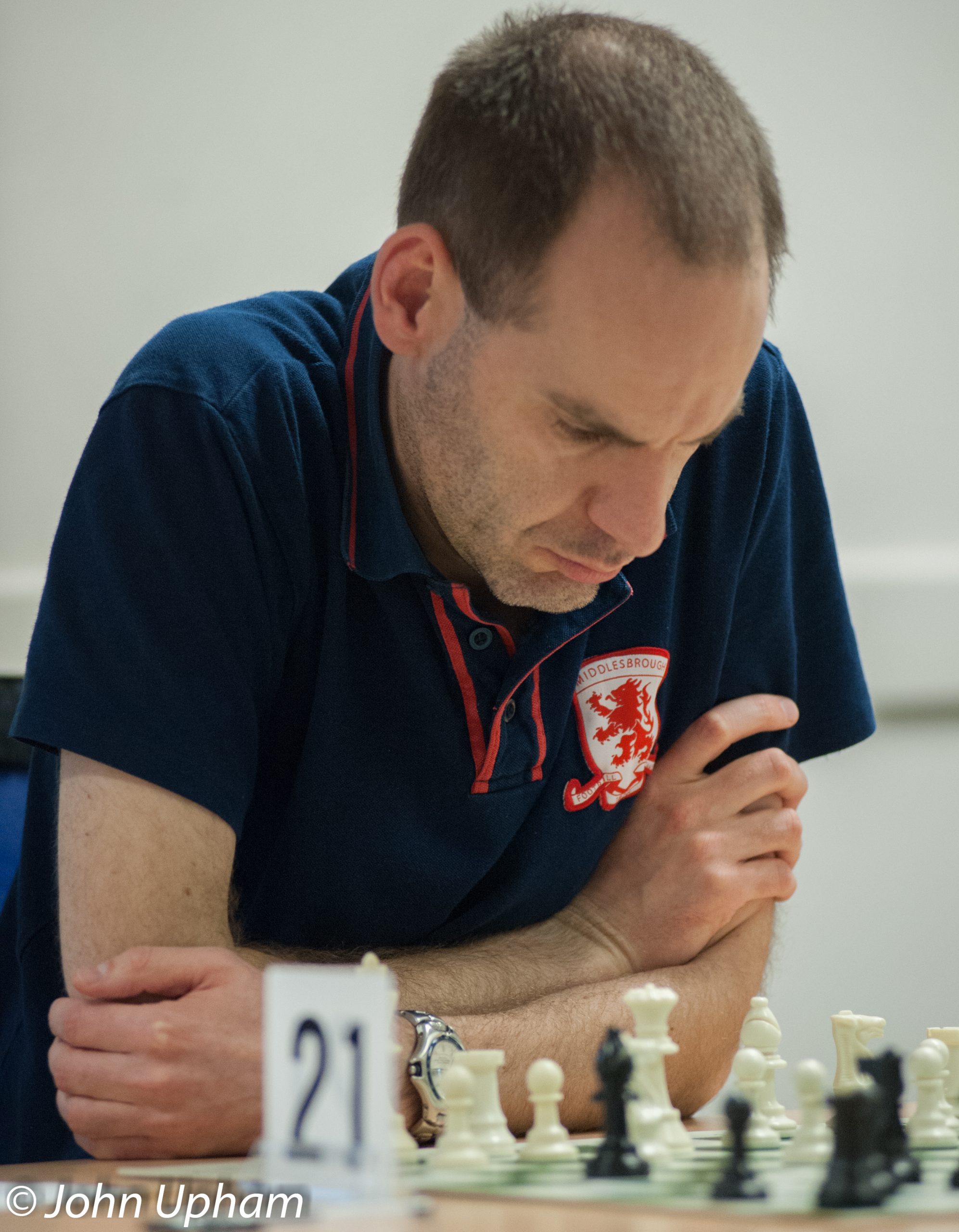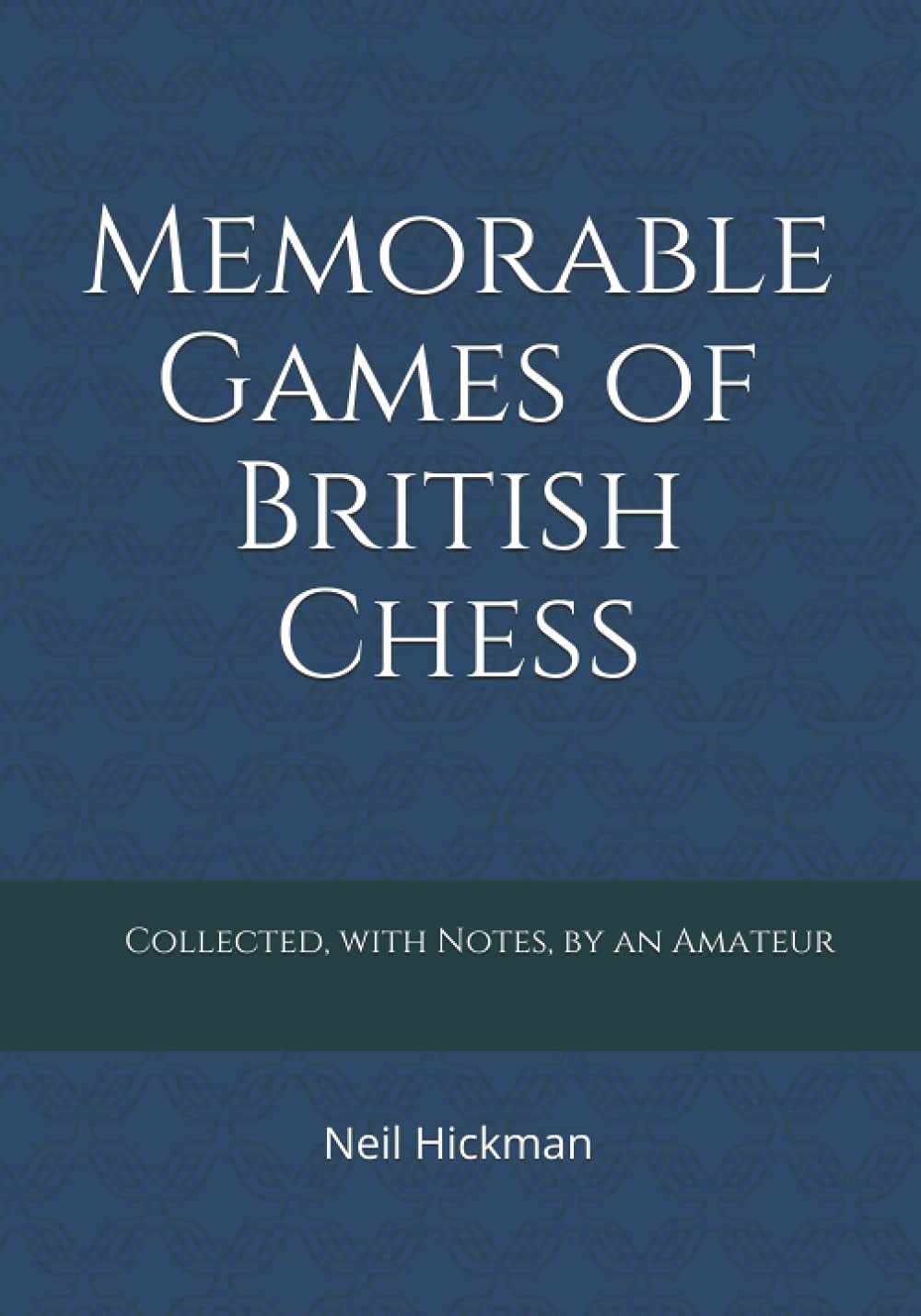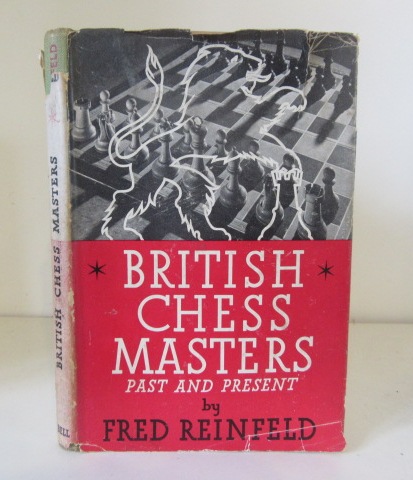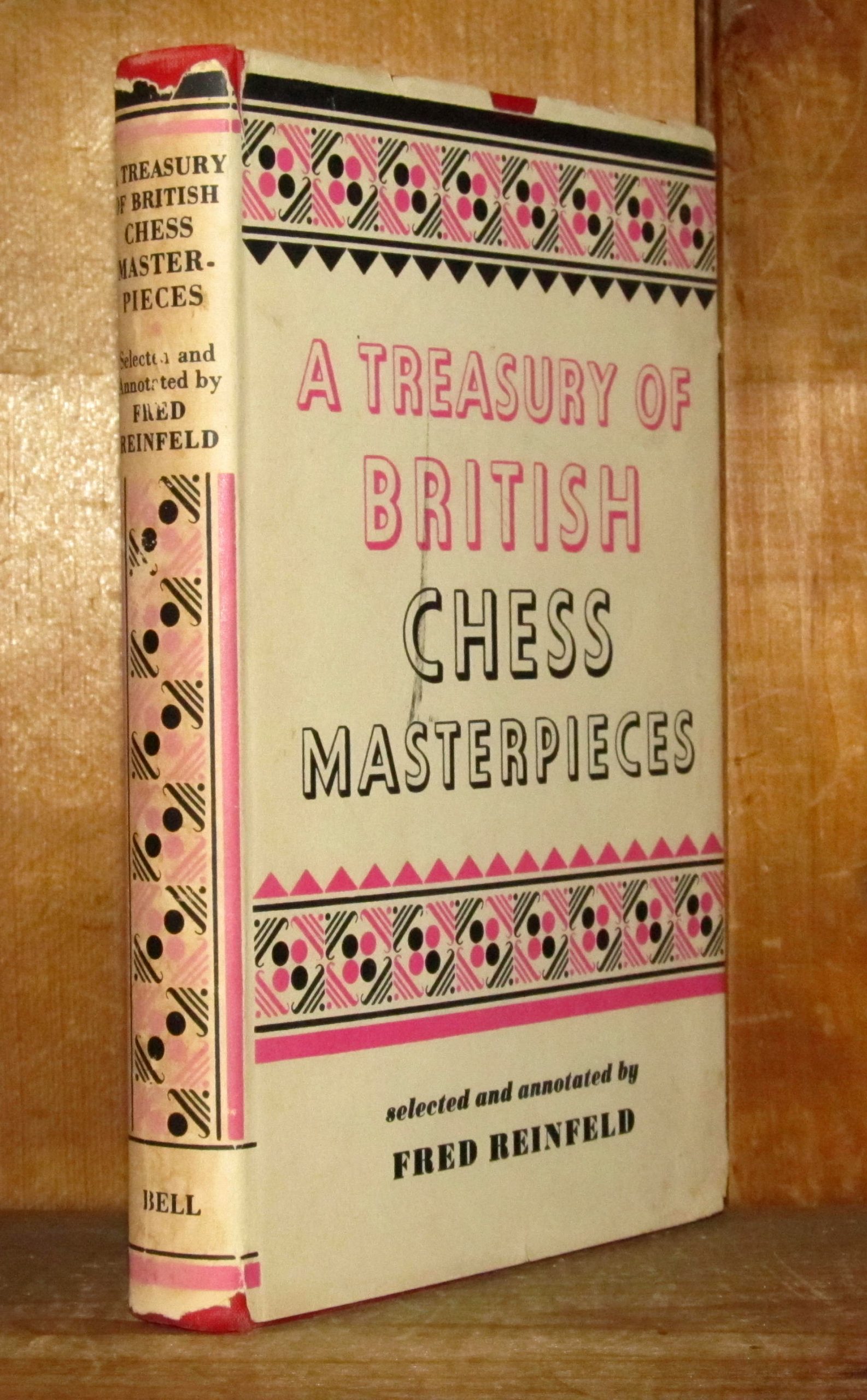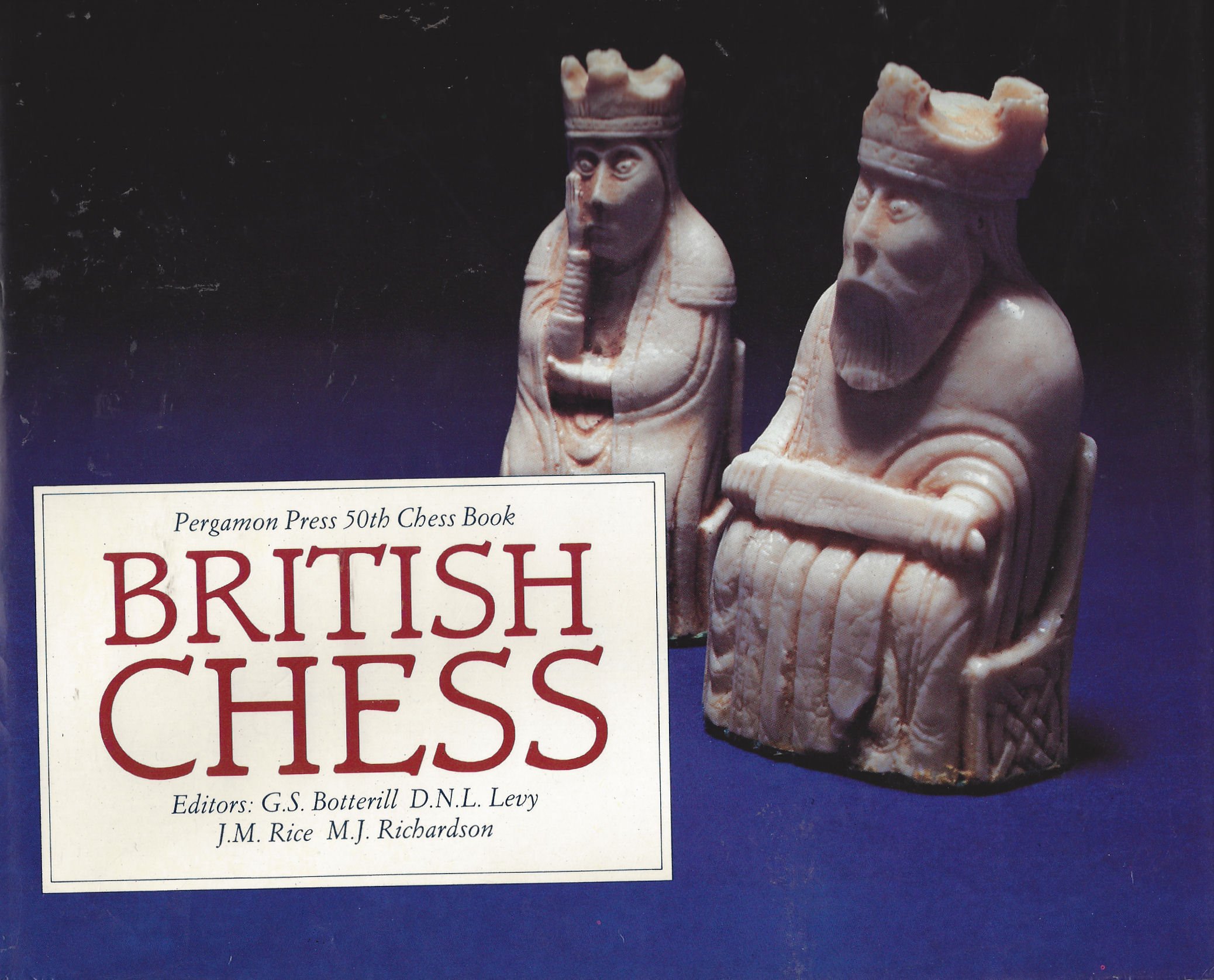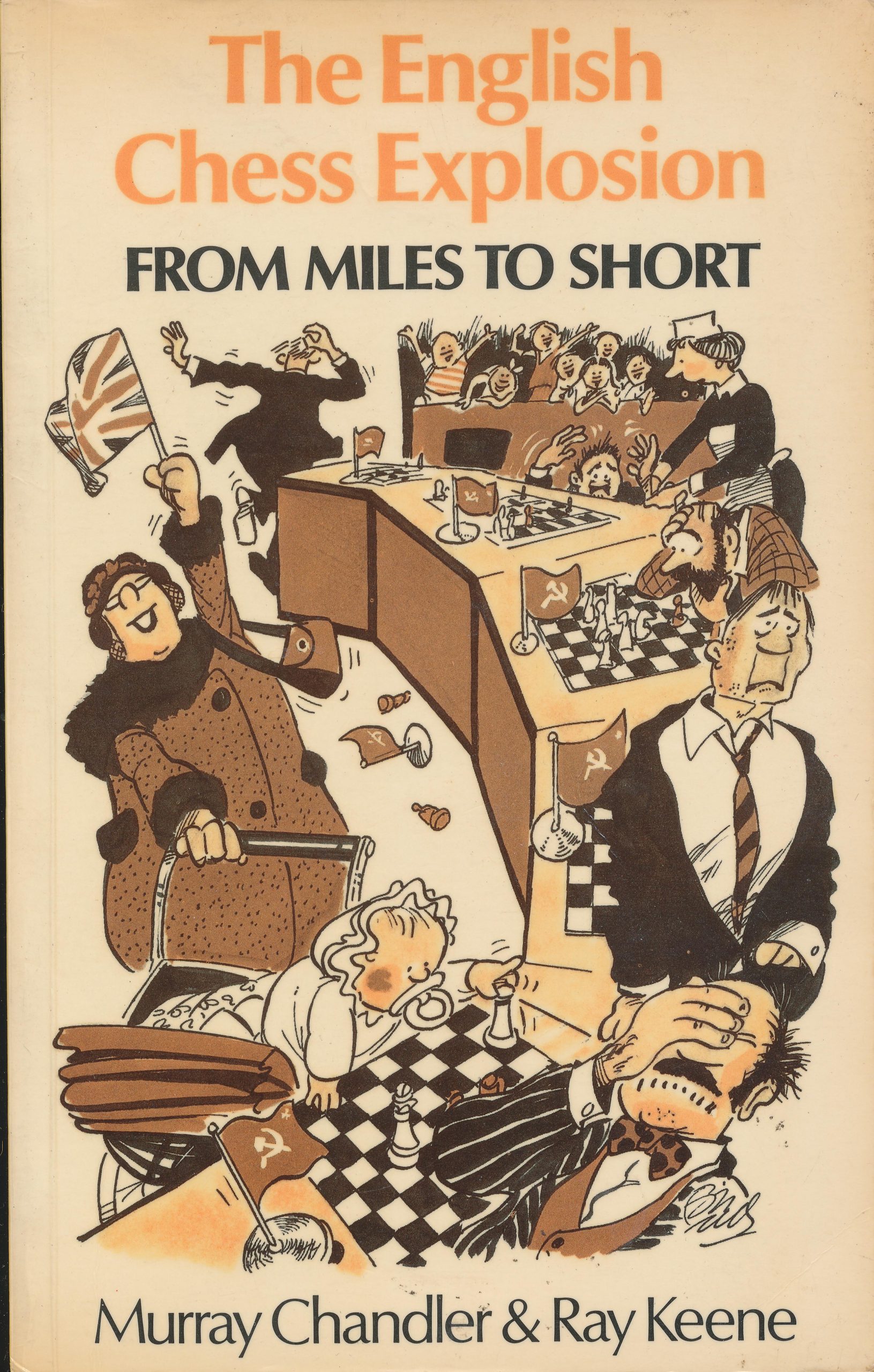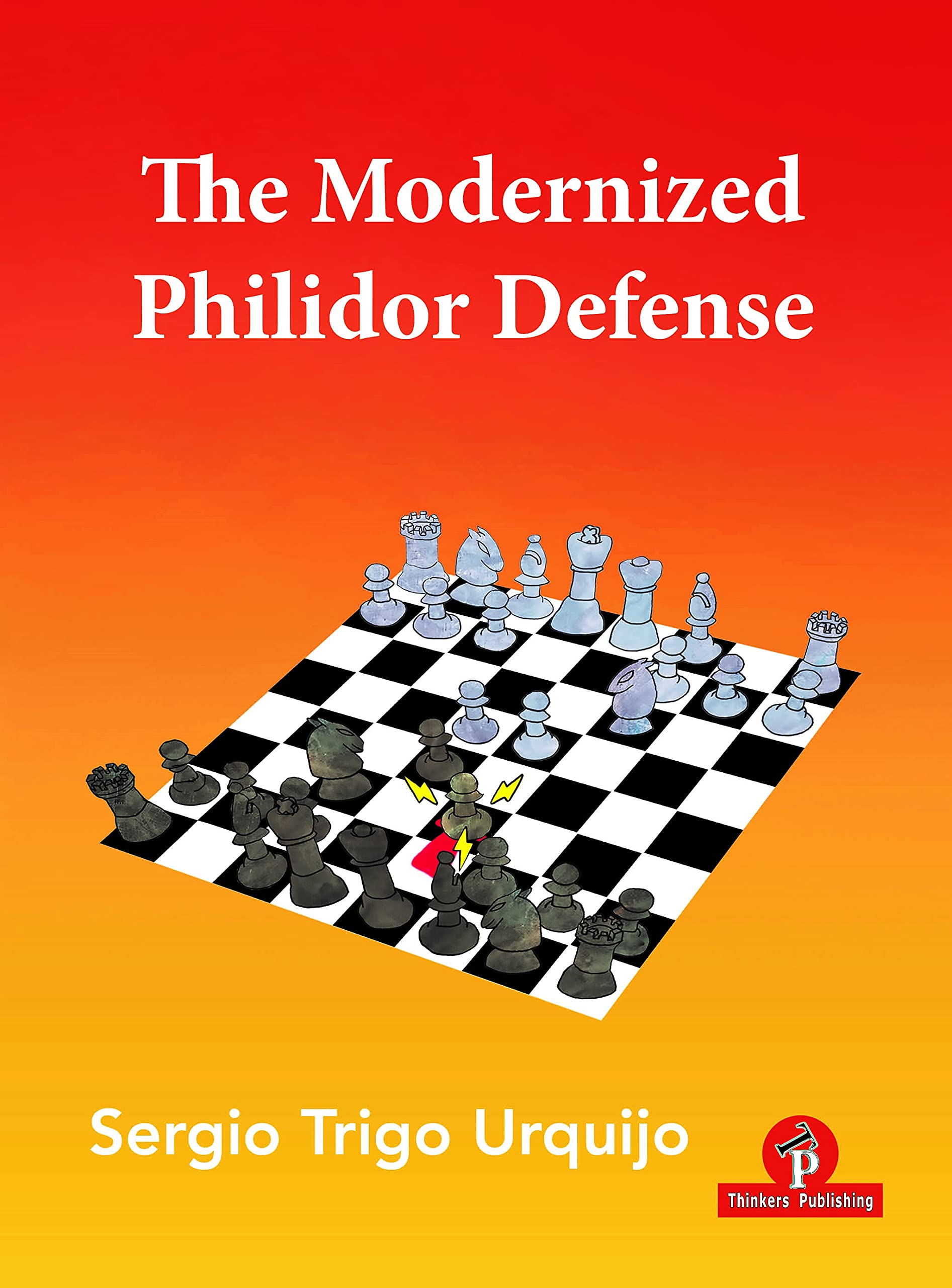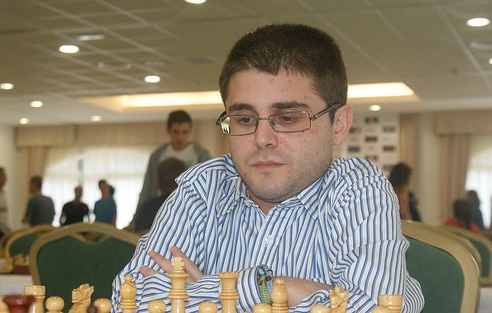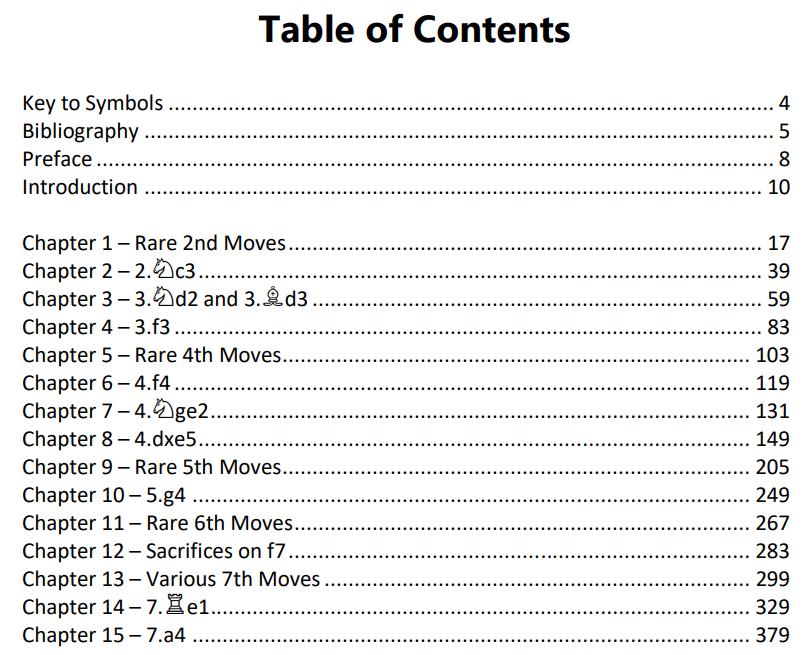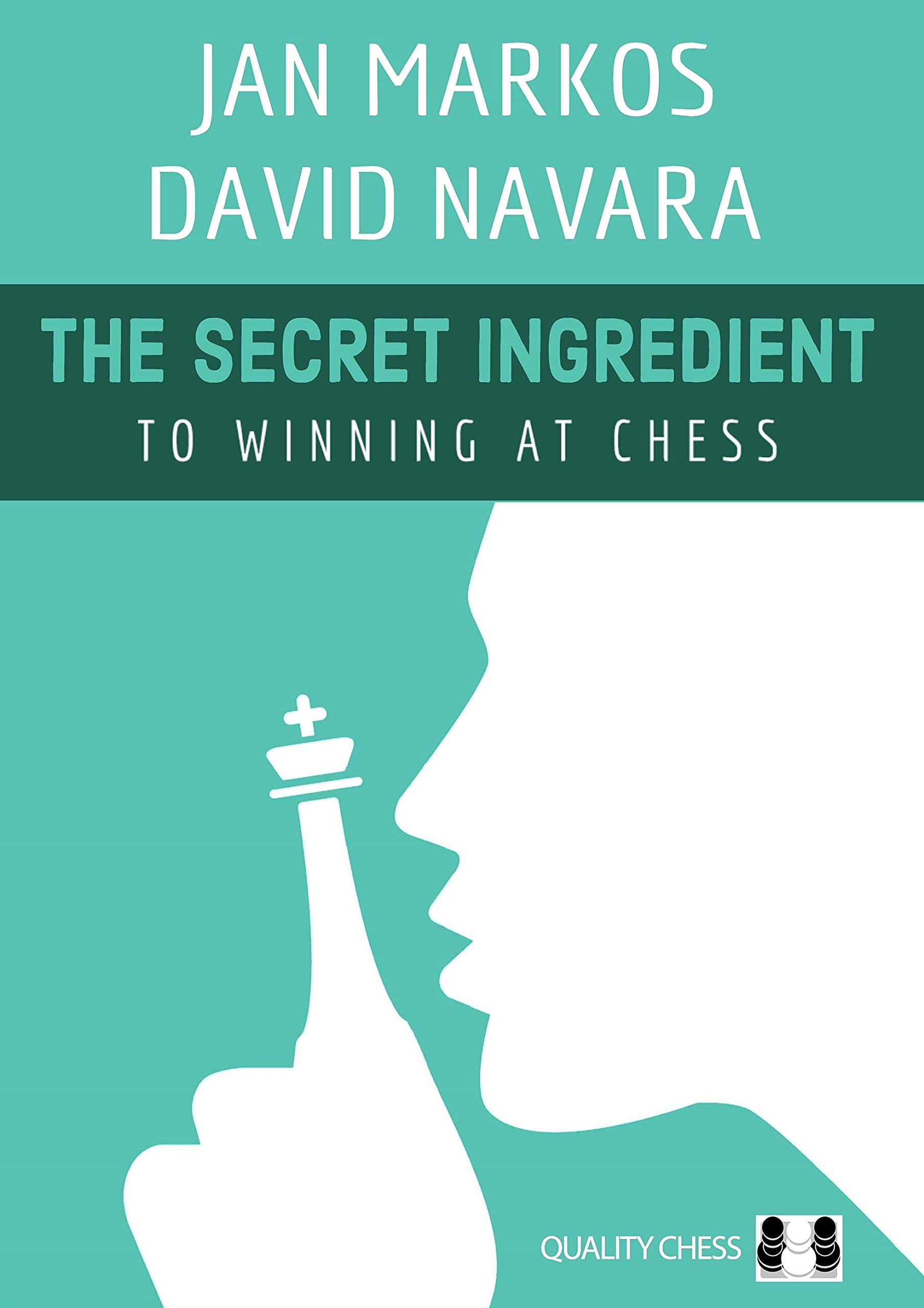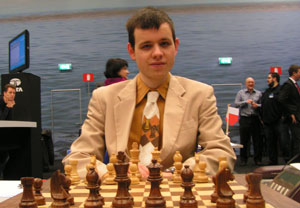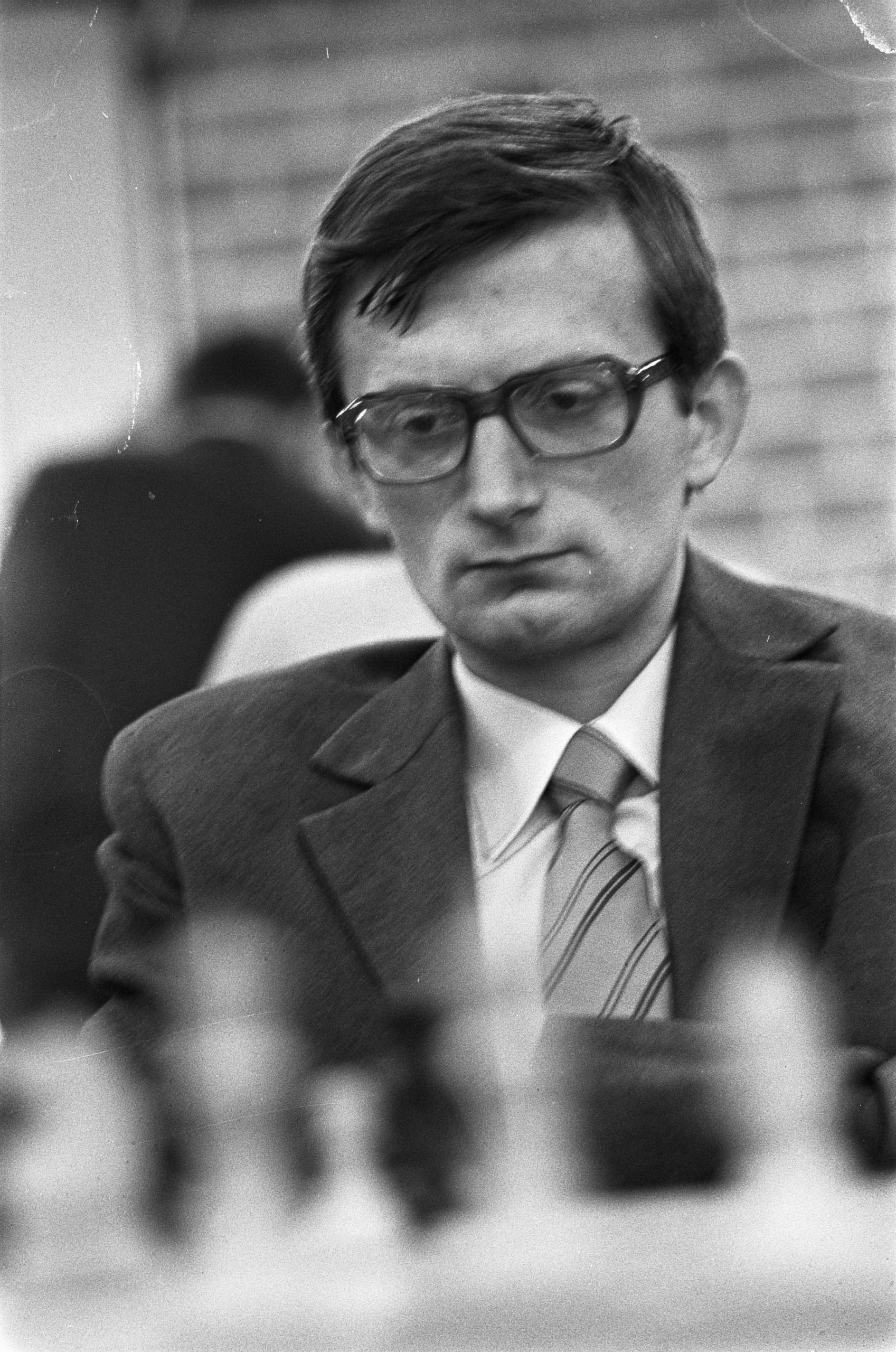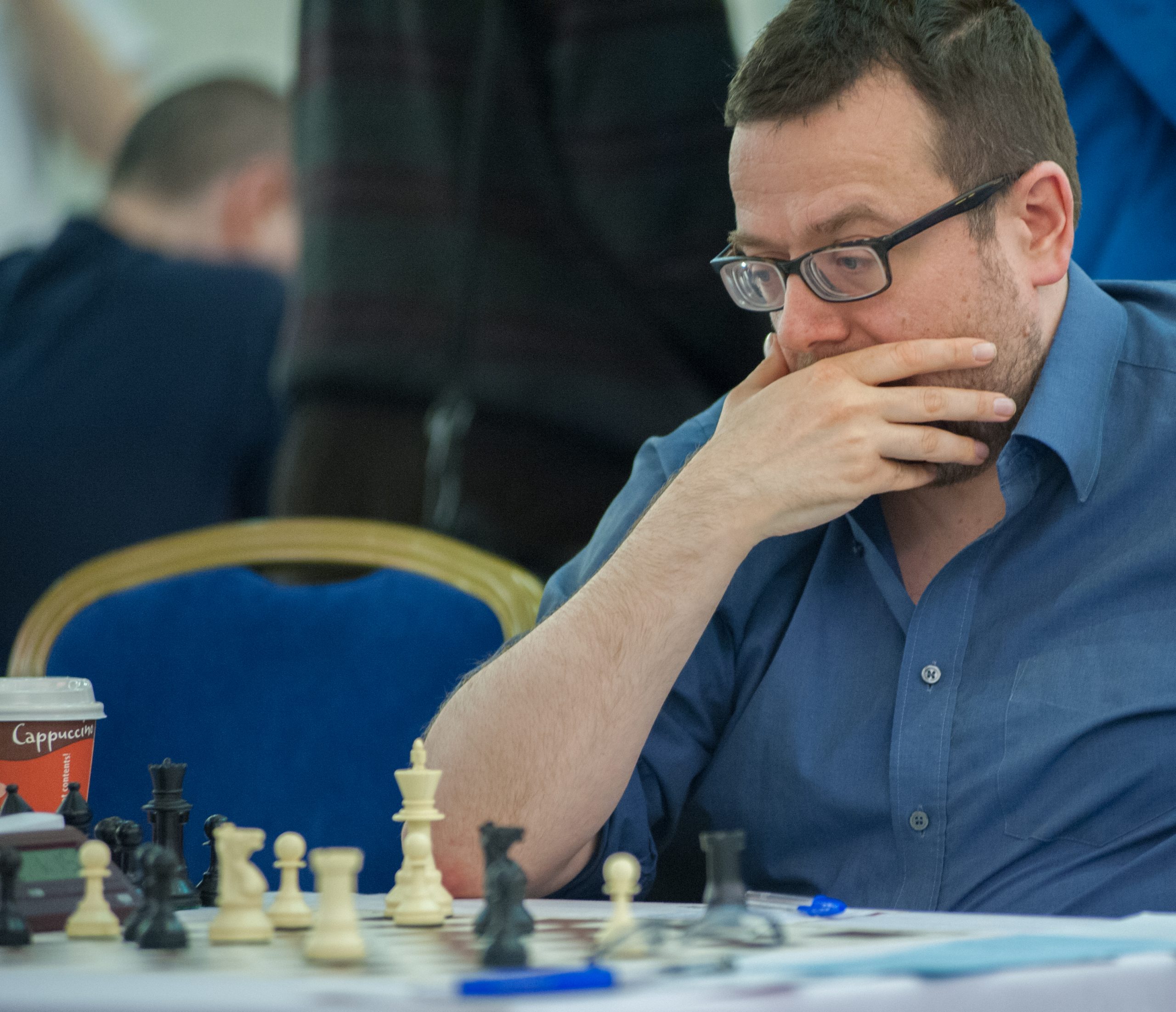

“Born 04/05/1976
Currently living in Alnwick, Northumberland, England.
Daniel has been a chess professional for over twenty years, in which time he has played in many tournaments both in the U.K. and abroad. He has represented England in the European team championships and the Olympiad. Daniel has taken high placing in the British chess championships and on several occasions has placed in a tie for second. He is also the two times winner of the English rapid play championships.
In 2005 he scored his final Grandmaster norm in a tournament in Gibraltar, where he scored a 2693 performance. In that tournament he played against several world-class grandmasters, including Nakamura, Aronian, Sutovsky and Dreev, and only lost one game.
He is also the author of several well-received chess books, including A Year in the Chess World and Mating the Castled King, one of the few western chess books in recent years to be translated into Chinese.
As a writer he is known for his laid-back and humorous style.”
From the author’s introduction:
I’ve become increasingly convinced of this comfort zone theory to the degree where I’ve started to apply it to chess. To use the same logic, I believe a chess player is more comfortable in an opening that they have played since childhood. They’ll be less likely to make mistakes in that opening. You can also apply it to tournaments as well.
During the course of the book, I’ll talk about the tournaments that I felt comfortable in, and by the same token the opponents that I felt comfortable facing and the ones that I didn’t feel so happy to play.
Well, yes. I guess we’re all more comfortable in openings we know well than in openings we’ve never played before. I guess the Pope’s Catholic as well.
What Daniel Gormally offers his readers is twelve chapters covering different aspects of chess, with the concept of the Comfort Zone being discussed in the first chapter and, perhaps, a very loose connecting link with the rest of the book. His points are illustrated both by his own games and games from a wide range of other players.
If you’re familiar with his writings you won’t be surprised that he is at times brutally honest about his anxieties and phobias, and about the often tragi-comic life of a chess professional. You also won’t be surprised that the book is addictively readable, with nuggets of wisdom on almost every page which will benefit players of all levels.
In Chapter 1 Gormally introduces his theory, explaining that younger players are more likely than older players to be comfortable playing online because they’ve grown up with it.
He relates how he grew up solving Leonard Barden’s tactical puzzles in the Evening Standard, and, as a result is more comfortable in tactical situations.
I never had a chess coach who took me aside and taught the finer points of chess strategy. In fact, I never had any coaching full stop, and am probably the walking advert for the pointlessness of chess coaching. Or perhaps you could argue, I could have gone even further with the right sort of guidance.
White most authors are eager to demonstrate their best games, Gormally, typically, also likes to show us his worst games.
I found this position instructive.
In this position (Stevenage 2019) he was black against one of his regular opponents, Mark Hebden, and chose 19… Qb6?!. Let’s take it forward with some of the author’s notes.
In a practical sense this probably isn’t that bad – I step out of the threat of Nc6. The problem is I miss something much stronger.
When putting this game onto Stockfish 12 it suggested that 19… Bxd4! 20. exd4 Ne4 gave Black a huge advantage. I must admit I was quite surprised by this, probably because I hardly considered the capture on d4 at all during the game. I was fixated by the idea of hacking away on the kingside, so the idea of exchanging the dark-squared bishop didn’t really occur to me at all.
This is one of the greatest weapons that a chess player has available – the ability to change ships midstream, to transform the position with a strategic idea or exchange. Bobby Fischer was a master at this, for example. I think the main idea is that by taking on d4 and exchanging pieces, Black magnifies the poor position of the knight on a2. The more exchanges that take place – the more a poor piece will be exposed.
The game continued 20. Rfd1 Bg4 21. f3 Bh5?
And this is a serious mistake and betrays a lack of understanding. I leave the queenside to its own fate, and underestimate just how bad my position can become.
22. Rc6!
Now White takes over the initiative. I think I wasn’t helped by the fact that I’ve found Mark an awkward opponent recently, particularly with the black pieces. During the game he gave off this impression of being bored, like he was impatient when he was waiting for my moves. That fed into my anxiety and made me even more jumpy. I was beginning to regret those extra couple of pints I had sneaked in at the bar the night before.
22.. Qb8 23. g3?! Bg6 24. Nc1 h5 25 Ncb3 h4? 26. g4+-
White is now winning because he has a simple plan of pushing his pawns on the kingside, and it turns out the minor pieces on that side of the board are just targets for that strategy.
These notes typify Gormally’s combination of lucid verbal explanations and self-deprecating humour. If you like his style you’ll enjoy this book.
Chapter 2 is relatively brief, about how even the best players sometimes make superficial decisions.
In Chapter 3, Gormally talks about preparing for the 1999 British Championship. This seems to have been written partly as a tribute to his friend John Naylor, who died last year. He demonstrates one of John’s games from the tournament.
Chapter 4 introduces us to the concept of ‘competitive conditioning’: being mentally tough and confident like Magnus Carlsen, or the golfer Brooks Koepka. Here, we start off at the 2000 British before moving onto the 2020 Online British Championship and back to the 2017 British.
In Chapter 5, Gormally explains why computers are narrowing opening theory. This is certainly true at the top level, but is it true at club level? I suspect not – and perhaps the opposite is even the case.
He shows us this game, where his 7th move gave him something very close to a winning advantage. This was in part computer preparation, because he was expecting his opponent to play that line, but he’d already met it in an earlier game against Lawrence Trent, where, playing Black, he’d managed to scramble a draw.
Chapter 6 starts off with some banter blitz games between the Vietnamese player Le Quang Liem and Lawrence Trent before going off onto a different subject.
Hang on a minute: I’m not sure that I should bother to explain each chapter in this way. The book doesn’t really work like that. It’s more a stream of consciousness, jumping fairly randomly from one topic to another, which has been broken down into chapters because, well, that’s how books work.
This isn’t necessarily a bad thing, though. Because it covers a wide range of topics in a fairly general way, it’s suitable for a wide range of players: regardless of your rating you may well enjoy and benefit from this book.
Here’s an interesting position from a game Keith Arkell played against Aurelio Colmenares in a 2008 Swiss (in more ways than one) tournament. Keith was black, to move, in this position and continued with the natural Rc2. How would you assess it?
It was around about this time that Simon (Williams) and myself went to view the game. Simon thought that White was better, because of the a-pawn. When we told Keith about this conversation later, he was adamant that Black was better, because in his view the White a-pawn can be easily restrained and the black kingside has unlimited potential. So, if Black does have a winning strategy, it’s as follows; when White goes a4, put the rook on a2. Eventually White can put the rook on a8 and the pawn on a7, but he can’t make any progress after that. If he moves the rook, he loses the a-pawn.
So, with White’s trump card stymied, Black’s plan is to gradually advance on the kingside, suffocating White. Keith manages to carry out this strategic plan to perfection.
In Chapter 8, Gormally looks at his games from the online Hastings tournament last January, discussing how to play against specific types of opponent such as the Tactical Genius (Gawain Jones) and the Perfectionist (David Howell), while characterising himself as the Wimpy Draw Lover (that makes two of us, then).
Chapter 9 is about patience: Gormally quotes Garry Kasparov, over dinner with IM (and RJCC alumnus) Ali Mortazavi, saying that to be a super grandmaster you need to have the ability to play twelve strengthening moves in a row. IMs and weaker GMs will perhaps play six strengthening moves and then lose patience and go for an attack that isn’t there.
On the other hand, the following chapter discusses the Madman Theory. Play like Alireza Firouzja: randomise the position and then out-calculate your opponent. A very different approach: putting the two chapters together is certainly thought provoking.
If you’re looking for a logical, well-structured book on a specific aspect of chess, this isn’t it. I found the contents fairly arbitrary, often digressive, very personal and sometimes rather contradictory. Now I don’t think that’s a bad thing at all: many readers (including this reviewer) will enjoy it for precisely these reasons, and I’m sure there’s a market for books of this nature. What you do get is a lot of chess: games played by Gormally himself, his friends, colleagues and students, and top grandmasters from Tal through to Carlsen. The annotations are, I thought, excellent, with clear and insightful explanations rather than reams of improbable computer-generated tactics. You get a lot of very useful general advice about the nature of chess and how best to improve your play. You get a lot of stories and anecdotes about life on the tournament circuit, often concerning smoking, drinking and clubbing, which you might find highly entertaining, extremely depressing, or perhaps both. If you like the sound of this book, you won’t be disappointed.
There’s something for everyone here, and this compulsively readable book is recommended for anyone rated between about 1500 and 2500.
As usual with Thinkers Publishing, production standards are generally high, but the proofing is well below the standards you might expect from books on other subjects. Yes, I’m well aware this takes time and money, and requires a wide range of knowledge and skills, but there are some of us out there who care about this sort of thing.
Richard James, Twickenham 13th December 2021

Book Details :
- Softcover: 264 pages
- Publisher: Thinkers Publishing; 1st edition (19 July 2021)
- Language: English
- ISBN-10:9464201223
- ISBN-13: 978-9464201222
- Product Dimensions: 16.79 x 1.19 x 23.19 cm
Official web site of Thinkers Publishing


